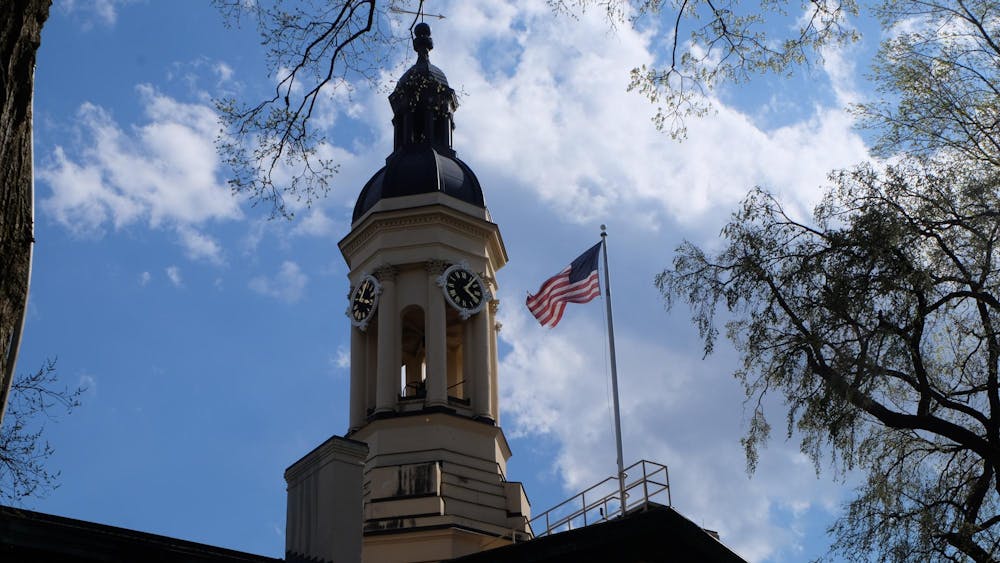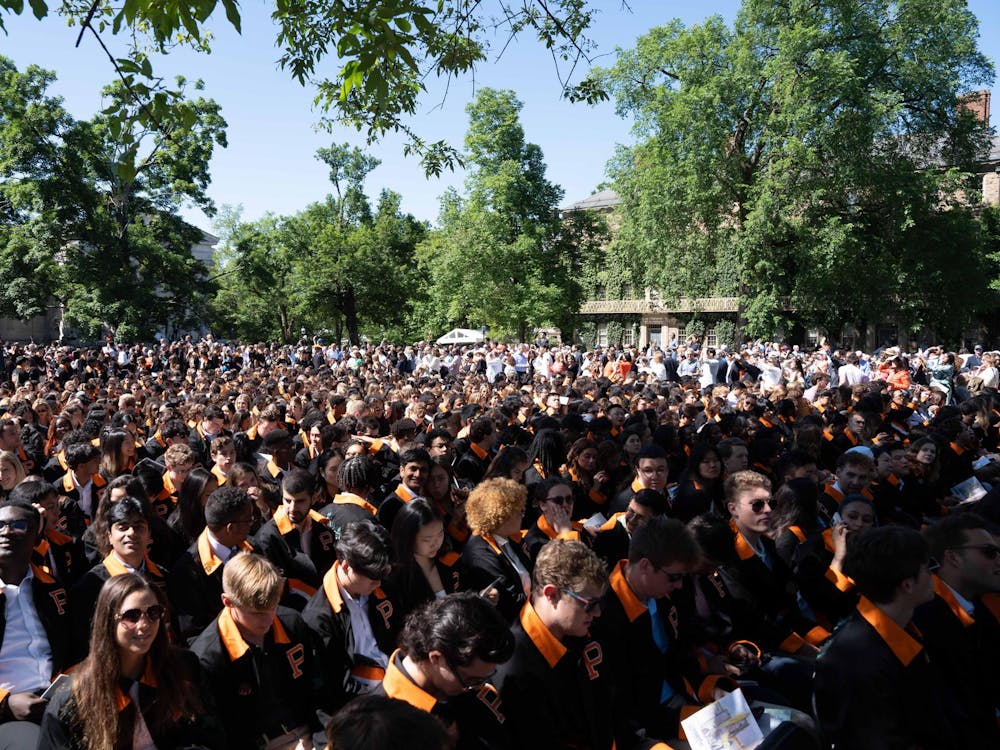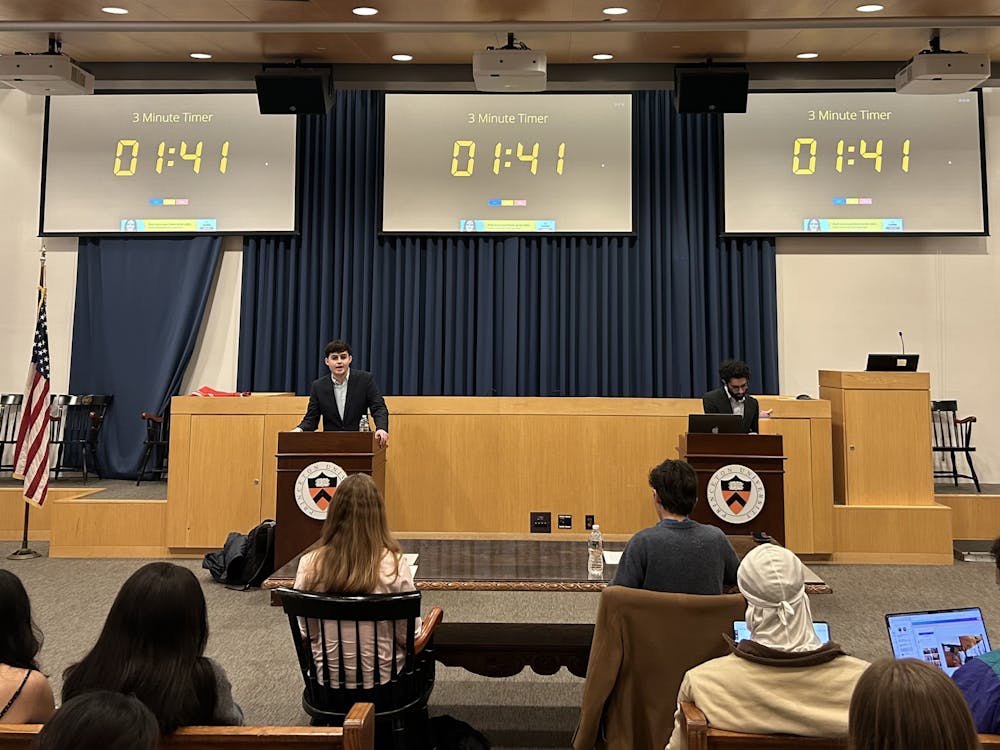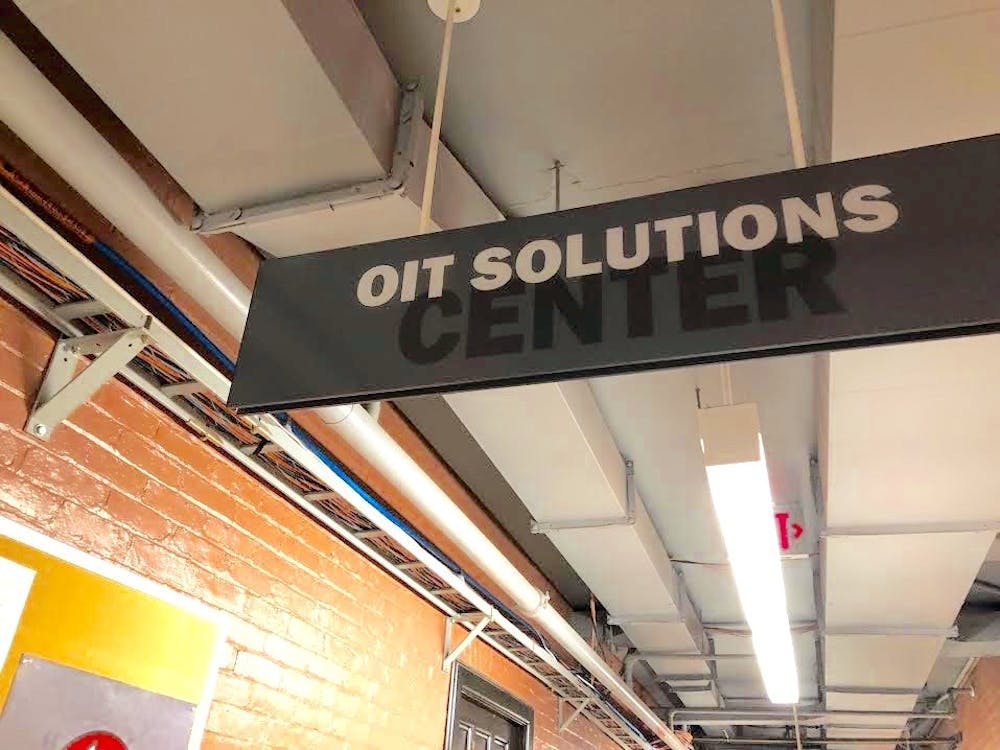In May of 2020, University President Christopher Eisgruber ’83 wrote to the Princeton community, “We have witnessed yet again how this nation’s long legacy of racism continues to damage and destroy the lives of black people.” Eisgruber lamented police brutality and racial health disparities related to the COVID-19 pandemic, affirming that “commitments to diversity, inclusivity, and human rights are fundamental to the mission of Princeton University.”
Princeton has undoubtedly followed through with many of the promises it made at the time. Despite the threat of consequences from the federal government and peer institutions abandoning diversity, equity, and inclusion (DEI) initiatives, the University’s Office of Diversity and Inclusion and Office of Institutional Equity and Diversity (OIED) continue operating. Princeton continues to diversify its “institutional narrative,” flooding its canon with more diverse figures from the University’s history. In order to target racial contracting disparities — which plague New Jersey — Princeton’s Diverse Supplier Locator highlights businesses owned by underrepresented and minoritized groups. The OIED’s most recent DEI Report boasted 20 research projects between faculty and collaborators at Historically Black Colleges and Universities and programs engaging with community colleges.
This progress is exciting, warrants recognition, and must be continued and expanded upon. But these kinds of institutional accomplishments do not make a Princeton where the student body is both diverse and feels included.
Five years after President Eisgruber’s statement, only 5 percent of the Class of 2029 identifies as Black — the lowest enrollment of Black first-years since 1968 and a sign that racial diversity is regressing. According to survey climate data, Black and Brown students at Princeton continue to feel excluded. Princeton’s failure to be diverse and inclusive is a reminder that the University has not yet fully realized the “steps the University administration will take to address systemic racism at Princeton and beyond” President Eisgruber outlined in a letter in September 2020.
In a statement to the ‘Prince’ about the drop in Black first-year enrollment, the University responded that “there are natural fluctuations that will happen given the variability of the applicant pool.” This kind of sedated assurance from Princeton in today’s national landscape is worrisome.
Over the last five years, Princeton never achieved parity in diversity and inclusion for Black students. Now, the University faces a conservative culture and federal government hostile to anti-racism. Now, more than ever, Princeton cannot abandon its students.
Superficially, Princeton has remained steadfast in its defense of the value of diversity. The word “diversity” is ubiquitous in Eisgruber’s lexicon. But the percentage of Black students in an incoming class after 2020 never reached or surpassed the national proportions of Black young adults nor Black college students. After two years of affirmative action, this year’s 3.9 percentage point reduction in Black first-years makes the class even less diverse.
Princeton cannot seem to even meet proportionally representative diversity because, as I have argued in these pages before, “the core elements of Princeton admissions” do not promote a diverse class. The University continues to rely on admissions criteria like secondary school rigor, standardized testing, and legacy admissions — policies that benefit white and wealthy students. Without the band-aid solution of affirmative action, it is even more important that Princeton design a more equitable and holistic service-driven admissions process.

Not only has Princeton failed to realize a diverse student body, but it fails some Black and Brown students who it does accept.
Quantitatively, the University’s annual DEI report reported very little data on the campus’s racial climate. Only one question relevant to the undergraduate experience was crosstabbed with race: “would you encourage a high school senior who resembles you when you were a high school senior (same background, ability, interests and temperament) to attend Princeton?” In response, 14 percent of Black and 20 percent Native American undergraduate students selected “definitely or probably not.” Only eight percent of White students answered the same.
The Appendix to 2025 State of the University Letter revealed more of this kind of data, and the results are predictable. In response to the question, “How would you evaluate your educational experience at Princeton University?” Black undergraduates consistently responded “fair” or “poor” at higher rates than their white peers from 2021 to 2024. In 2024, that gap was 12 percentage points. In response to the prompt “I feel safe on this campus,” 23 percent of Black and 30 percent of Native American undergraduates disagreed or strongly disagreed. Eleven percent of white undergraduates responded the same.
The Princeton experience necessarily breeds racially disparate experiences of inclusion. Some students have already noted the demographic shift on campus, even worrying that Black students might face isolation and negative academic effects as a result. A less diverse cohort is especially worrisome at a school where Black representation is similarly abysmal among the faculty — 6.2 percent of tenured or tenure-track faculty were Black in the fall of 2024 — as a racially diverse faculty can greatly improve the experience and outcomes for Black and Brown students.

In 2020, Eisgruber committed to creating a more diverse and inclusive Princeton, and the University is certainly not in a wholly worse place than it was five years ago. But growing racial consciousness and institutional self-reckoning were de rigueur following the summer of 2020. Now the winds have changed, and Princeton will need to try harder.
Christofer Robles is the Editorial Board Chair for the 149th Board. He can be reached at cdrobles[at]princeton.edu.








